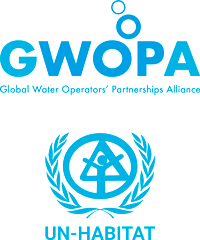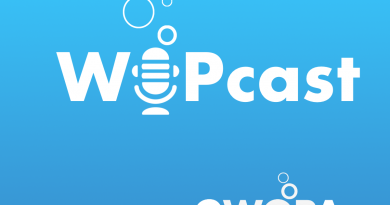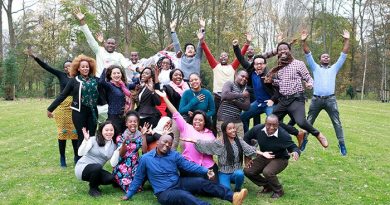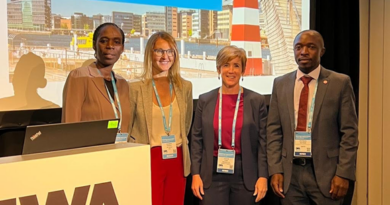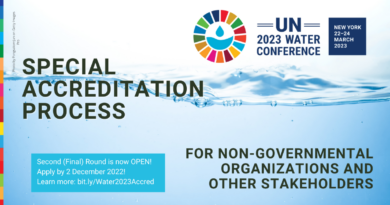Six case studies showcasing how WaterWorx improved water utility operations through Water Operators’ Partnerships (WOPs)
New publications released today showcase how WaterWorx’s implementation of Water Operators’ Partnerships (WOP) has improved water utility operations in various areas!
WaterWorX (WWX) is a partnership of public water operators to increase access to sustainable water services for 10 million people in 2017- 2030. The WaterWorX Programme is co-funded and jointly implemented by the Dutch Ministry of Foreign Affairs (DGIS), 10 Dutch water operators, and local water operators throughout Africa, Asia, and South America. By working together in Water Operator Partnerships (WOPs), water utilities can improve operational, maintenance, financial, and administrative processes. In building and strengthening the capacity of local counterparts, WaterWorX continues to make lasting improvements to increase access to sustainable water and sanitation services and generate viable pro-poor investment propositions.
The publications offer a deep dive into the steps and methods involved in WOP projects, covering aspects such as assessing the national and local context, forming partnerships, implementing the project, measuring progress towards achieving the desired impact and effectiveness, and project evaluation. Additionally, each case study includes an analysis of the challenges faced during the project implementation, along with lessons learned for future WOPs. The six case studies are from Africa and Asia, including:
- Dunea, The Netherlands (mentor) Homa Bay County Water & Sanitation (Homawasco), Kenya (mentee)
- World Waternet (mentor- the Netherlands) Société Malienne de Gestion de l’Eau Potable – SOMAGEP-HER, Mali (mentee)
- VEI, Utrecht, The Netherlands (mentor) Mwanza Urban Water Supply and Sewerage Authority (MWAUWASA), Mwanza, Tanzania (mentee)
- Vitens Evides International (VEI) (mentor) National Water and Sewerage Corporation (NWSC), Kampala, Uganda (mentee)
- VEI, Utrecht, The Netherlands (mentor) Bayawan-Bogo-Carcar-Toledo, The Philippines (mentee) Phase I
- VEI B.V. (the Netherlands, mentor) and Nakuru County (NAWASSCO, NARUWASCO, & NAIVAWASCO) Kenya (mentee)
The objectives of all the WOP projects from the case studies are common and tailored to the needs of the local area, focusing on improving the operational efficiency of the water and sanitation utilities mentored, with specific objectives to improve the services in low-income areas. These partnerships are structured around various support modules such as leadership training, capacity building in prioritised working areas, organisational development. The capacity-building activities between mentors and mentees involve technical training in varied areas such as NRW, Billing and Collection, GIS, Asset management, hydraulic modelling, online reporting systems, and innovative and modernized tools to improve services.
All case studies highlight positive outcomes. Improved water supply has been made available to a significant portion of the population. For example, the WOP between World Waternet and Société Malienne de Gestion de l’Eau Potable – SOMAGEP-HER provided direct access to safe water for over 300,000 people (30,000 households), and the WOP between Vitens Evides International (VEI) and National Water and Sewerage Corporation (NWSC) in Kampala provided access to improve water services for 286,000 people. Importantly, the WOP project enhanced the skills and commitment of utility staff, the implementation of advanced management systems, improved service delivery, improvements in NRW management, the establishment of customer support mechanisms, and the development of proposals for additional funding.
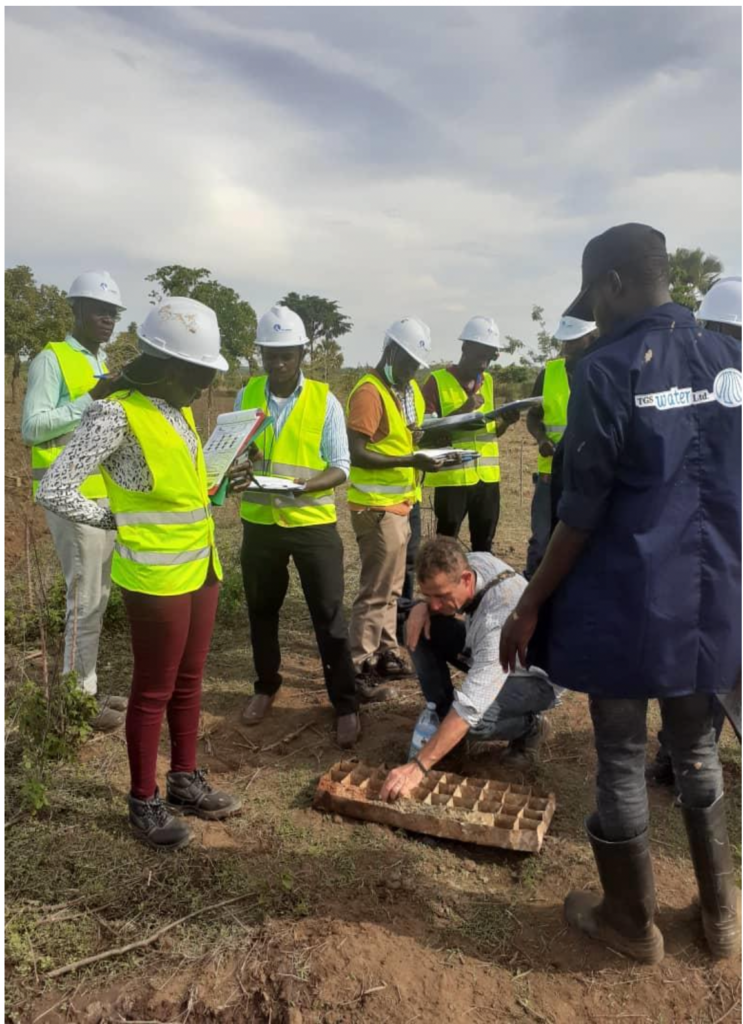
In order to achieve the project objectives, the project’s success factors are identified. The team’s motivation and morale were boosted through the mentor’s involvement in fieldwork, which led to significant improvement in their direct skills. The utility staff’s high commitment levels were considered a key success factor. However, common challenges include financial limitations, increased demand outpacing supply, geographical and infrastructural constraints, and external disruptions such as the COVID-19 pandemic, which partially caused some limitations for some activities.
Go to the publication library here.
Learn more about BEWOP
